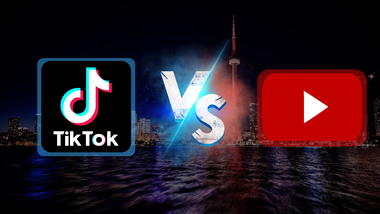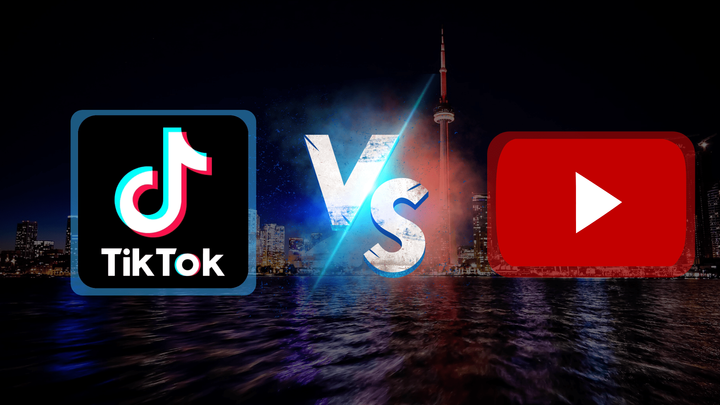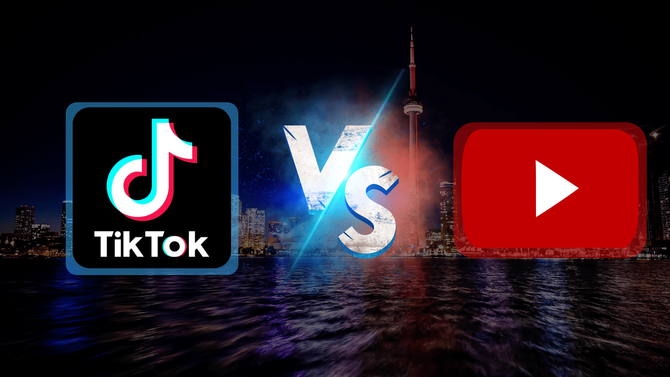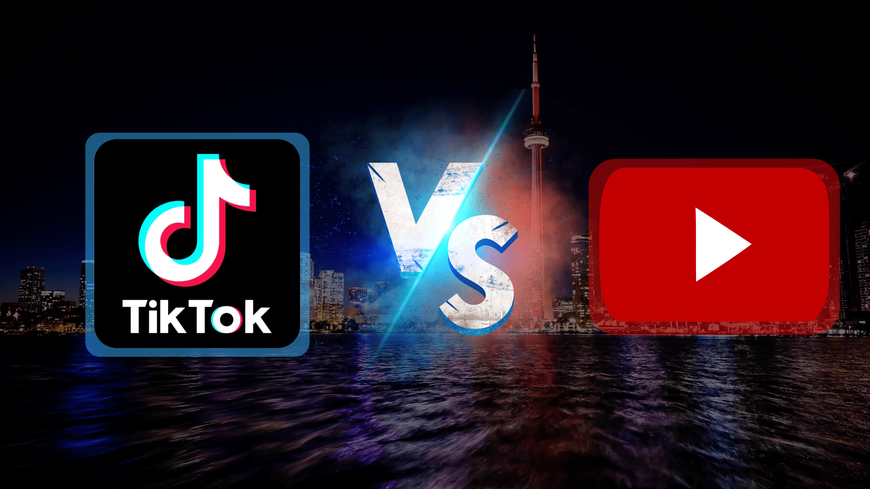



In recent years, short-form video content has exploded in popularity, with platforms like YouTube Shorts and TikTok at the forefront of this phenomenon. YouTube Shorts, launched as a response to TikTok's rapid growth, aims to provide users with a similar experience within the YouTube ecosystem. This has led to a fierce competition between the two platforms for the attention and engagement of users. In this essay, we will explore the strengths and weaknesses of YouTube Shorts and TikTok, assessing their features, content quality, user base, and overall impact on society, to determine which platform offers a superior short-form video experience.
Content Creation and Features
One crucial aspect that differentiates YouTube Shorts from TikTok is the approach to content creation. YouTube Shorts allows users to create and upload short videos within the YouTube app, with the option to use existing videos or record new ones. This offers users a seamless integration with the broader YouTube ecosystem, allowing creators to leverage their existing subscriber base and easily transition between long-form and short-form content.
On the other hand, TikTok is solely focused on short-form videos, offering users a more streamlined and intuitive creation process. With a vast array of creative tools, filters, effects, and soundtracks, TikTok provides an immersive and highly accessible experience for content creators. This simplicity attracts a wide range of users, including those who may not have previously engaged in video content creation.
Content Quality and Discoverability
Both YouTube Shorts and TikTok host a diverse range of content, including comedy skits, dance challenges, educational videos, and more. However, YouTube's longer history as a video platform grants it an advantage in terms of content quality. Many YouTube creators have honed their skills over years, resulting in highly polished and professional content. This, in turn, attracts viewers who appreciate well-produced videos and in-depth content.
TikTok, on the other hand, prioritizes entertainment and viral trends, often featuring amateur creators. While this allows for a broader range of creative expression and spontaneous content, the quality of individual videos may vary significantly. TikTok's algorithm also tends to favor content that has the potential to go viral, leading to a higher saturation of similar trends and challenges. This can limit the diversity of content and may result in a less varied user experience over time.
User Base and Engagement
YouTube's extensive user base and its integration with other Google services give YouTube Shorts a significant advantage. YouTube has over 2 billion logged-in monthly users, offering creators a vast potential audience. Creators can tap into their existing subscriber base, increasing the visibility of their short-form content. This, in turn, encourages creators to utilize YouTube Shorts as an additional avenue for content distribution and engagement.
TikTok, while a relatively newer platform, has rapidly gained popularity, particularly among younger audiences. The platform boasts over 1 billion monthly active users, with a significant focus on short-form content. TikTok's algorithmic approach to content discovery has been highly effective in engaging users, providing them with a tailored and addictive content feed. The platform's emphasis on trends, challenges, and duets has created a sense of community and collaboration among its users.
Societal Impact and Concerns
Both YouTube Shorts and TikTok have had a profound impact on society and culture. YouTube has long been a platform for diverse voices and creators to express themselves, fostering communities and providing educational content. With the introduction of YouTube Shorts, the platform aims to adapt to changing user preferences and remain relevant in the evolving landscape of short-form video.
TikTok, with its rapid rise, has become a cultural phenomenon, influencing trends, music, and even political movements. The platform has given rise to internet celebrities and viral sensations, providing opportunities for individuals to gain recognition and build careers. However, TikTok has faced concerns regarding data privacy and content moderation, with questions raised about the platform's handling of user information and the potential for harmful or inappropriate content to be circulated.
Conclusion
In the battle for short-form video dominance, both YouTube Shorts and TikTok offer unique experiences and benefits. YouTube Shorts benefits from its integration with the broader YouTube ecosystem, providing creators with an established platform and access to a massive user base. TikTok, on the other hand, excels in simplicity, content discoverability, and community engagement.
While YouTube Shorts offers a more diverse range of high-quality content and attracts a wide demographic, TikTok's rapid growth and viral nature have propelled it into the cultural mainstream. Ultimately, the preference between the two platforms depends on the individual's content creation goals, audience reach, and personal taste. As the competition intensifies, both YouTube Shorts and TikTok will continue to evolve and innovate, ultimately shaping the future of short-form video content.